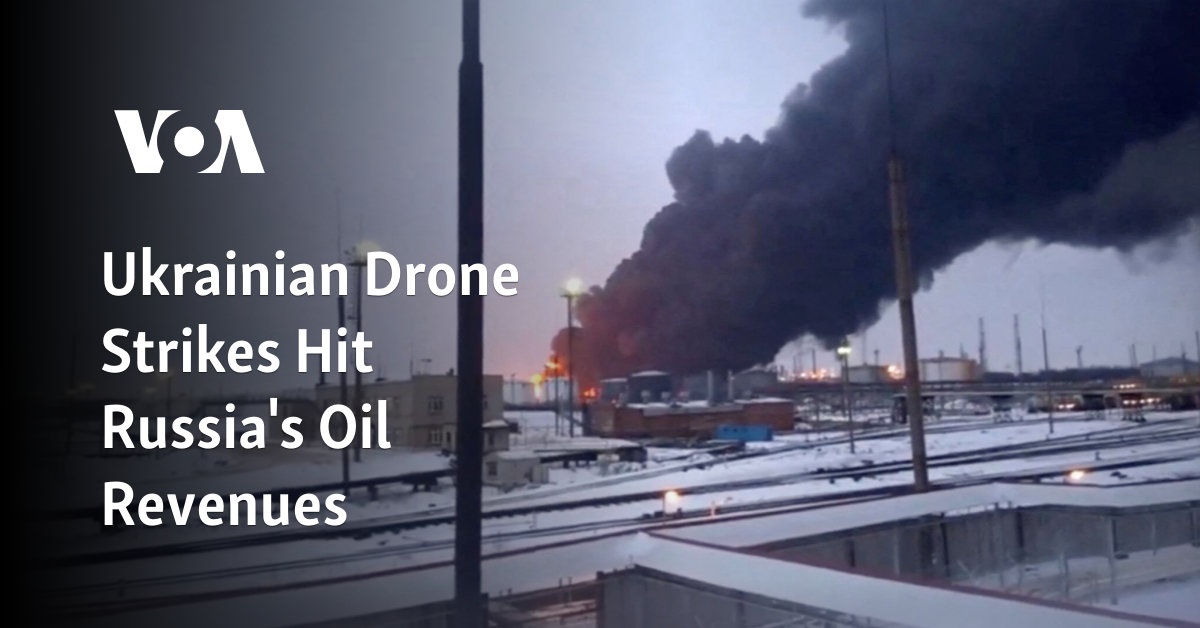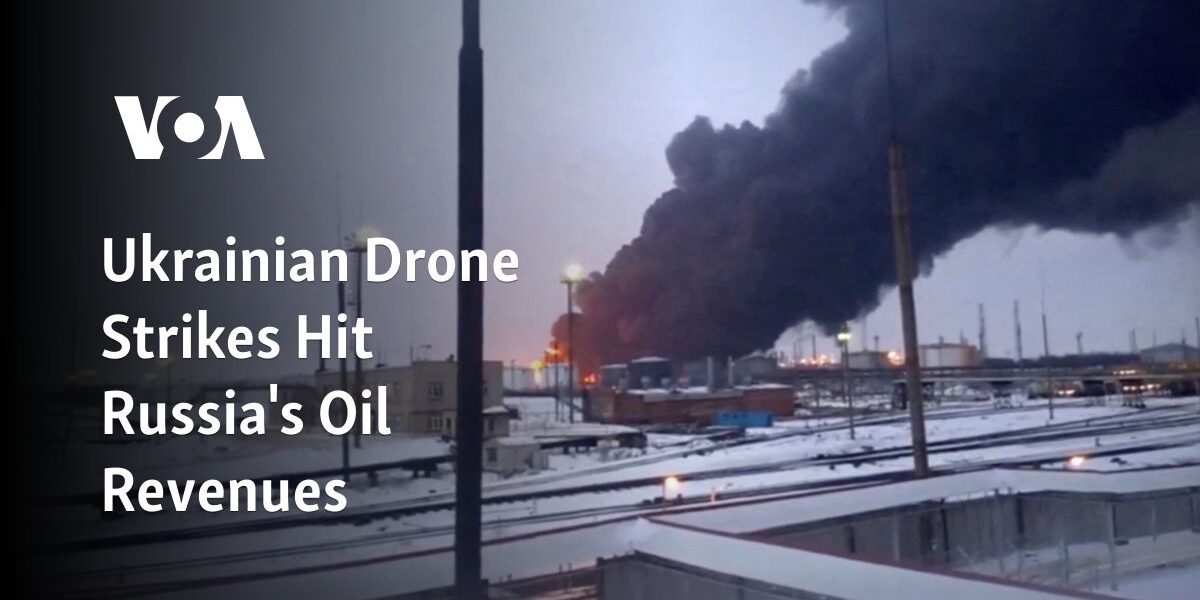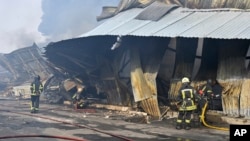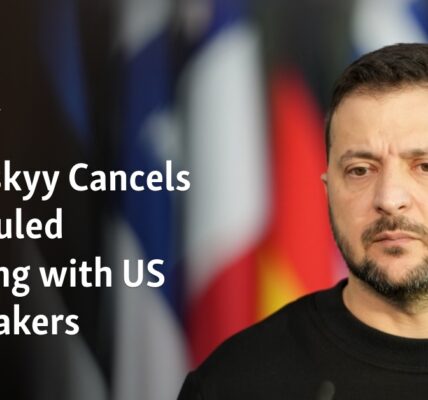
Analysts report that a recent string of drone and missile attacks by Ukraine on Russian oil refineries has greatly diminished Moscow’s capacity for processing.
According to Reuters’ calculations, the recent strikes have reduced Moscow’s total oil processing capacity by 370,500 barrels per day, which is 7% of its overall output. These strikes are a part of Kyiv and its allies’ efforts to cut off Russia’s major source of funding for their invasion of Ukraine.
On March 13th, a drone attack caused a fire at the Ryazan oil refinery, leading to the closure of two main oil refining units due to damage. The refinery, situated south of Moscow, typically produces 317,000 barrels per day, accounting for 5.8% of Russia’s overall refined crude oil production.
A video shared on the internet depicted a Ukrainian unmanned aircraft navigating through a smoky atmosphere above the factory. After completing a circle, it ultimately crashed into the plant, resulting in a substantial explosion.
On March 12, sources cited by Reuters reported that a drone strike targeted the NORSI refinery, located near the city of Nizhny Novgorod, approximately 430 kilometers east of Moscow. This attack resulted in a 50% reduction in the plant’s refining capacity.
Kyiv has reported targeting a minimum of seven separate refineries, with some located in the adjacent area to Ukraine.
Thomas O’Donnell, an expert in energy and geopolitics from the Hertie School of Governance in Berlin, pointed out that wars require significant quantities of diesel fuel to power tanks, trucks, and other military equipment. As such, this specific region plays a crucial role in providing the fuel necessary for fueling the war efforts.
The strikes on oil processing facilities located to the north of Russia are also intended to decrease Moscow’s income from exporting fossil fuels.
According to O’Donnell, targeting refineries in that area leads to the destruction of the exported diesel, which was previously generating as much profit as the exported oil. In order to continue profiting, they are now forced to focus on oil production.
Last week’s attacks prompted Ukrainian President Volodymyr Zelenskyy to acknowledge the military’s increased proficiency with drones.
During his video message on March 16, President Zelenskyy highlighted the recent recognition of the Russian military’s vulnerable points and the potential use of Ukrainian weapons to exploit them. He announced that Ukraine now has a strong air defense with the long-range capabilities of their own drones.
The combination of Ukrainian protests and the implementation of a $60 per barrel price limit on Russian oil by Western countries could place more stress on the Kremlin. Any buyers who do not abide by this limit face restrictions on utilizing Western services, such as insurance and shipping. Western nations have also recently intensified their monitoring of compliance with these regulations, starting in November.
Russia has used a fleet of “shadow” tankers to move its oil around the world, with much of it travelling through the Baltic Sea or the Arctic. That presents an opportunity for Ukraine’s allies, says analyst O’Donnell.
“According to VOA, the tankers are quite antiquated and questionable in terms of reliability. They have the potential to be halted in the straits located in the territorial waters of Denmark and Sweden, where they can be subject to inspection within the bounds of the law,” he explained. “If the inspectors determine that the insurance or quality of the vessels is inadequate for transporting the oil, they could force them to reverse their course, which would be a significant intervention.”
Source: voanews.com




